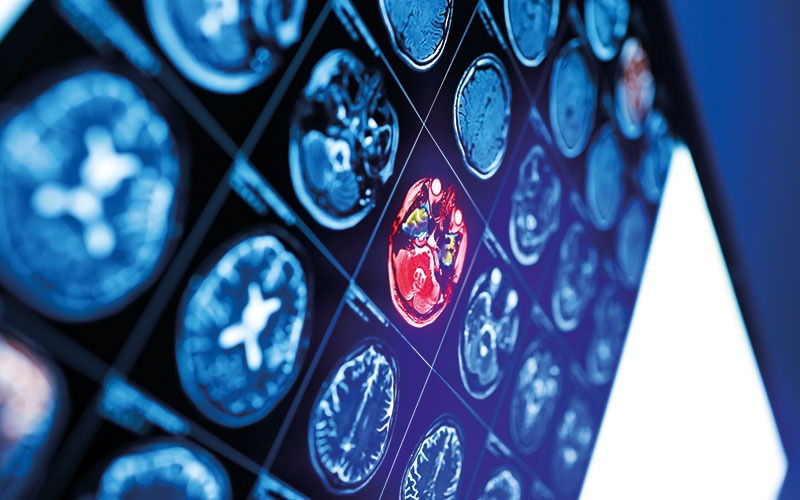In medical imaging, 3D images are typically displayed on a 2D monitor.

This creates a dimensionality mismatch that must be resolved in a clinical setting where practitioners must search a 2D or a 3D image to find a particular trait or target of interest.
Scientists from the University of California Santa Barbara evaluated human performance in localisation tasks, which involve searching a 2D or a 3D image to find a target that is masked by noise – the addition of noise makes the task difficult, similar to reading images in a clinical setting.
The images in the study were simulations intended to approximate high-resolution X-ray computed tomography (CT) imaging. They were generated in 3D and viewed as 2D “slices”.
Eight experimental conditions were evaluated (2D versus 3D images, large versus small targets, power-law versus white noise). The team evaluated performance in terms of task efficiency and classification image technique.
Lead author Craig K Abbey said: “The somewhat surprising finding of the paper was that the classification images showed almost no evidence of combining information over multiple sections of the image to localise a target that spans multiple sections of the image.
“The observers are essentially treating the volumetric image as a stack of independent 2D images. This leads to a dissociation in which observers are more efficient at localising larger targets in 2D images, and smaller targets in 3D images.”
Image credit | Shutterstock




